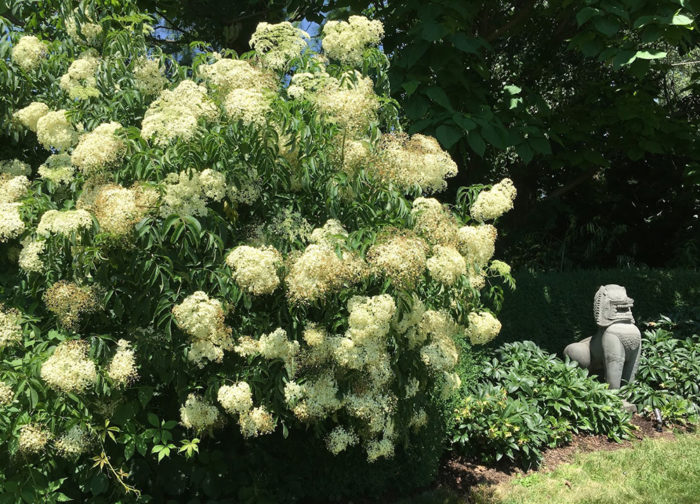
The dew-laden and steamy waves of a June breeze carry a world of scents to enjoy. Pay attention to certain trees and shrubs blossoming at this time of year. With a few simple kitchen ingredients, you can revisit those same heady summer fragrances all year round.
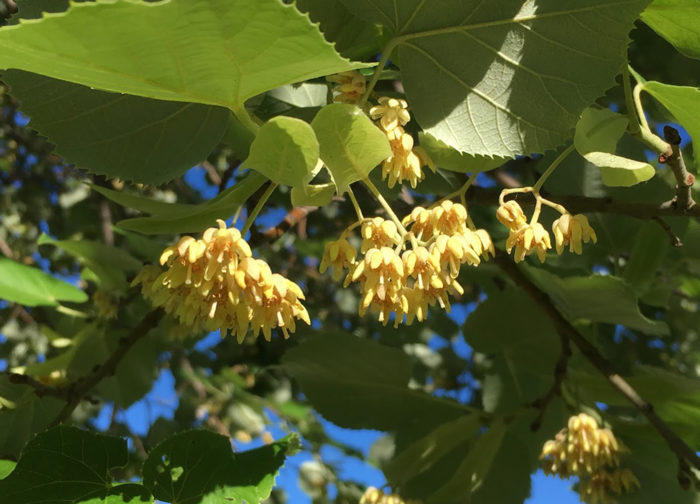
In seeking the source of that sugar-sweet smell in late June or early July, you might look up and notice the overhanging ivory-yellow, bell-shape flowers of a linden tree. Trees in the genus Tilia go by many common names: basswood, linden, or lime. Linden cultivars are frequently planted as street trees, selected for their tidy form and appreciated for their heart-shape leaves that emerge in a glossy lime color in the spring and fade to a mellow yellow in the fall. The American linden (Tilia americana, Zones 2–8), which is native to the Midwest, is a huge, multistemmed tree adapted to mesic and upland forests. The European species littleleaf linden (Tilia cordata, Zones 3–7) is commonly used in herbal preparations.
The alluring fragrance of linden flowers is always noticeable, but even with their overwhelming sweetness, I’ve never heard anyone object to their scent. The pendulous blooms, sheltered under a light canopy of leaves, provide pollinators a nectar source even on rainy days. Honey with an infusion of linden blossoms has a powerful, uplifting scent in herbal tea or drizzled on granola or ice cream. The American and European linden as well as the bigleaf linden (Tilia platyphyllos and cvs., Zones 2–8), pictured above, are all perfect candidates for these recipes.
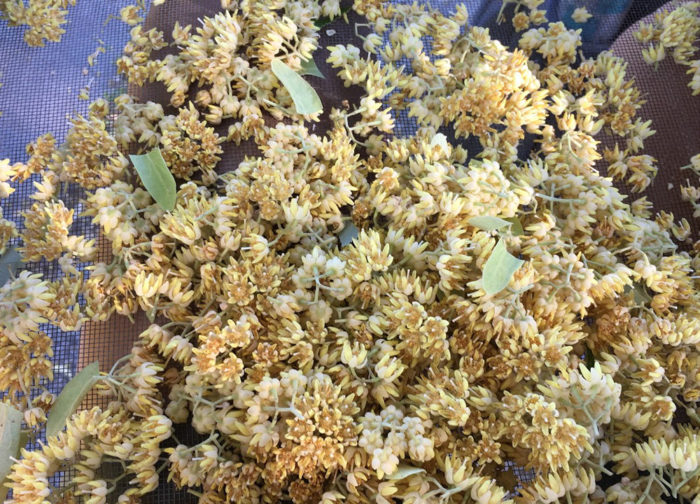
Linden Honey
Just as linden flowers are opening, harvest enough of them to fill a small glass jar. Cover the flowers completely in honey. Let steep for several days in a cool, dark place, stirring the mixture gently a few times. Strain if desired, and store in a cool, dark place for up to a year.
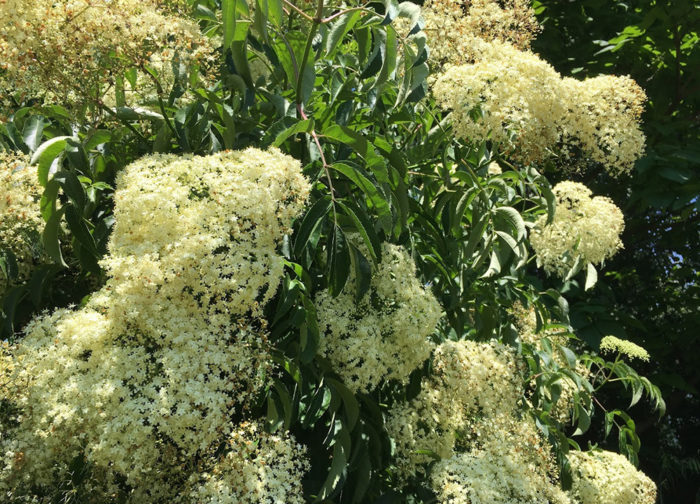
On a Sunday drive down just about any Midwestern road, you’re likely to see the sturdy shrubby form of American elder (Sambucus americana, Zones 4–9) covered in clusters of creamy white blooms. Content to grow in humble places like country ditches and freeway and railroad embankments, American elder still provides an impressive show. It can bear flower clusters up to a foot wide. Both American elder and its cousin, the European elder (Sambucus nigra, Zones 5–8) are respected in herbal medicine; anecdotal reports indicate that they can boost the immune system. Syrup made from the shiny, deep purple berries is a traditional cold-fighting remedy, although it’s hard to outwit birds in order to harvest the ripening berries. I prefer to capture the essence of elderberry in this flowery cordial, which is perfect for adding to sparkling water or the spirit of your choice. You can also freeze it into a popsicle for an afternoon treat.
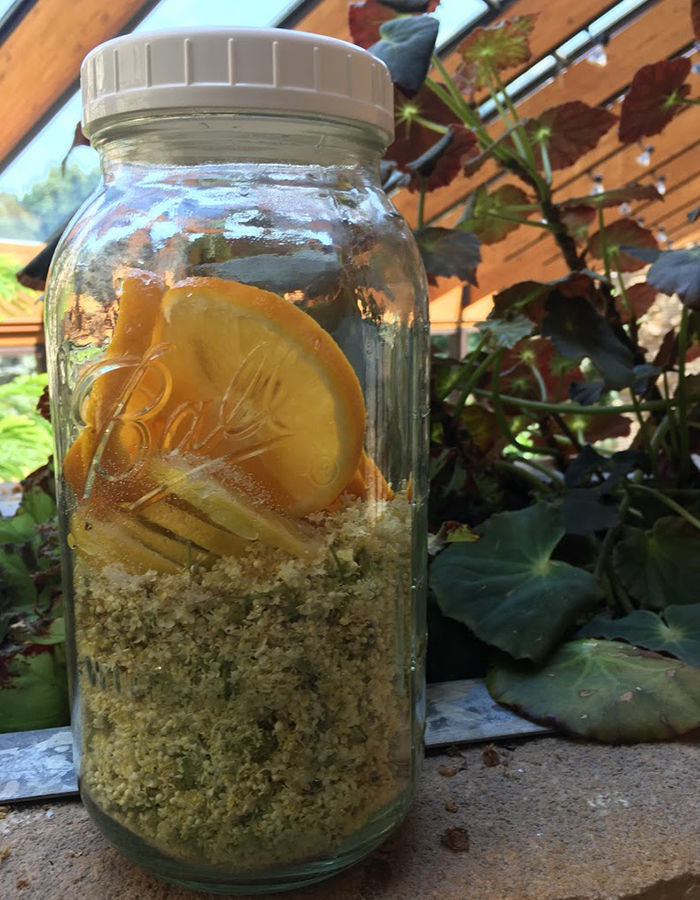
Elderflower Cordial
2 cups water
2 cups sugar
15 clusters of elderflowers
1 lemon, sliced thin
1 orange, sliced thin
Boil the water and sugar. When the sugar is dissolved into a syrup, remove from heat. While it’s cooling, cut the elderflowers, making sure to dislodge any bugs. Separate flowers from stems using scissors. Put flowers and citrus slices in a jar, and pour the syrup over the top. Let steep twenty-four hours in a cool, dark place before straining and storing in a sterilized jar. Store in the fridge for up to a month or freeze.
Erin Presley is a horticulturist at Olbrich Botanical Gardens in Madison, Wisconsin.


















Comments
Log in or create an account to post a comment.
Sign up Log in